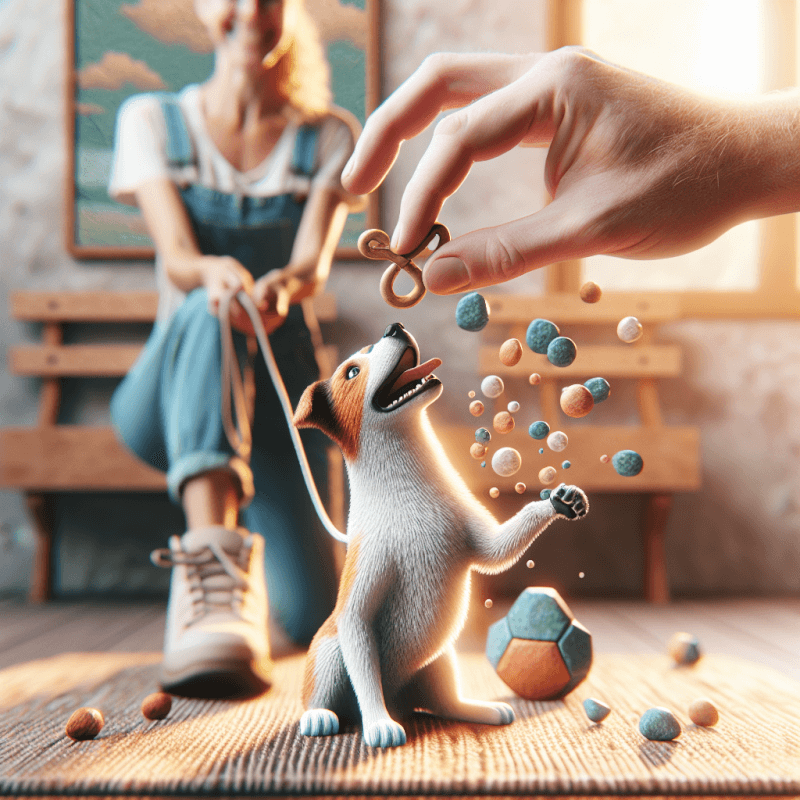Are you struggling to train your furry friend? Look no further! Welcome to Happy Dog Training and Behavior, your ultimate guide to unlocking your dog’s potential. We understand the challenges of pet ownership, and our friendly team of experts is dedicated to helping you create a harmonious bond with your four-legged companion. With our proven methods and positive reinforcement techniques, you’ll witness remarkable transformations in your dog’s behavior and overall happiness. Let us empower you with the knowledge and tools you need to turn your canine companion into a well-behaved and content member of the family. Together, we’ll make every training session a joyful experience for both you and your furry pal.
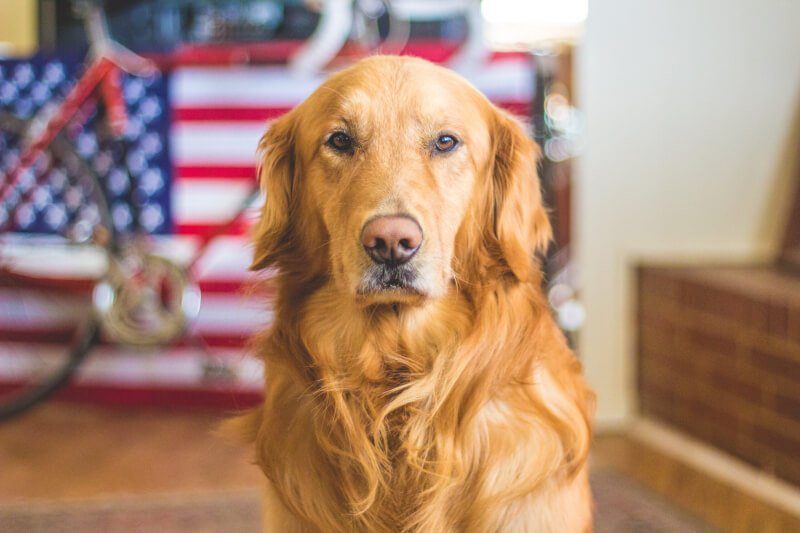
The Importance of Training
Training your dog is not just about teaching them a few tricks; it is a vital aspect of their overall well-being. Training helps establish effective communication between you and your furry friend, promotes good behavior, and builds trust. Whether you’ve just welcomed a new pup into your home or have a four-legged companion who needs some guidance, investing time and effort into training is essential for a happy and harmonious life together.
Ready for Cat Trivia?
Test your knowledge about cats!

Establishing Communication
Effective communication is the foundation of any successful relationship, and the same holds true for the bond between you and your dog. Training provides you with a common language to convey your expectations and desires to your furry friend. Through consistent training, your dog will learn to understand and respond to cues, commands, and signals. This understanding not only makes day-to-day activities easier but also ensures your dog’s safety in various situations.
Promoting Good Behavior
Training plays a crucial role in promoting good behavior in your dog. It helps them understand what is expected of them and reinforces desirable actions. By positively reinforcing behaviors such as sitting, staying, and not jumping on people, you can shape your dog’s behavior in a positive and disciplined manner. This not only makes them a joy to be around but also enhances their safety and the safety of those around them.
Building Trust
Trust is the bedrock of any relationship, and building a strong bond of trust with your furry companion is of utmost importance. Training exercises that focus on positive reinforcement help create a bond of trust between you and your dog. When your pup responds to commands and receives praise or treats, they learn to trust your guidance and direction. This trust forms the basis for a lifelong partnership filled with love, respect, and cooperation.
Positive Reinforcement Techniques
Utilizing positive reinforcement techniques is an effective and humane way to train your dog. These methods focus on rewarding desirable behaviors rather than punishing unwanted ones. By using positive reinforcement, you can encourage your dog to repeat actions that you find desirable, leading to a happier and more well-behaved pet.
Reward-Based Training Methods
Reward-based training methods involve offering praise, treats, or toys as rewards for desired behaviors. For example, when teaching your dog to sit, you can offer a treat when they successfully perform the action. This positive association motivates your dog to engage in the desired behavior again. Consistency and patience are key when using this technique to ensure that your dog understands what is expected of them.
Clicker Training
Clicker training is a popular positive reinforcement technique that uses a small handheld device that emits a distinct clicking sound. The click is paired with a reward, usually a treat, to mark the exact moment when your dog performs a desired behavior. Through repetition and association, your dog learns to associate the click with receiving a reward, making it a powerful tool in training.
Use of Treats and Toys
Using treats and toys as rewards during training can be highly effective. Offering a tasty treat or a favorite toy as a reward reinforces positive behaviors and provides an incentive for your dog to perform the desired action. It is important to choose treats and toys that your dog finds highly motivating to ensure maximum engagement during training sessions.
Addressing Common Behavior Issues
Every dog is unique, and just like humans, they may have their own set of behavior issues. Addressing these issues through training is important to ensure a harmonious and stress-free life for both you and your furry companion. Let’s delve into three common behavior issues and how to tackle them.
Separation Anxiety
Separation anxiety is a common issue faced by many dogs when they are left alone. Dogs with separation anxiety may exhibit destructive behavior, excessive barking, or even become physically ill due to stress and anxiety. Training can help alleviate separation anxiety by gradually acclimating your dog to being alone through desensitization exercises. Start with short periods of separation and gradually increase the duration, rewarding your dog for calm behavior.
Excessive Barking
Excessive barking can be a nuisance and may disrupt the peace in your household. Training your dog to control their barking is essential for the well-being of both you and your neighbors. Through positive reinforcement training, you can teach your dog the “quiet” command. This involves rewarding your dog when they stop barking on command and redirecting their attention to a more desirable behavior, such as sitting or lying down.
Leash Reactivity
Leash reactivity occurs when your dog reacts negatively or aggressively to other dogs or stimuli while on a leash. This issue can make walks stressful and challenging. Training your dog to have a positive association with other dogs and stimuli is key to addressing this behavior. By gradually exposing your dog to controlled interactions and rewarding calm behavior, you can help them overcome leash reactivity and enjoy stress-free walks.
Socialization and Playtime
Socialization and playtime are essential components of a well-rounded training program for your dog. Proper socialization helps them develop crucial social skills, boosts their confidence, and enhances their ability to interact with others in a calm and friendly manner.
A Vital Aspect of Dog Training
Socialization is not just about exposing your dog to other dogs and people; it involves introducing them to various environments, sounds, and experiences. It is crucial to start socializing your dog from a young age to ensure that they grow up to be well-adjusted and friendly members of society. Remember to expose your dog to a wide range of stimuli while ensuring safety and positive experiences.
Dog Parks and Playdates
Dog parks and playdates provide an excellent opportunity for your dog to engage in supervised play and socialize with other dogs. These environments allow them to practice their social skills while burning off energy and having fun. It is important to monitor your dog’s interactions and ensure that they are comfortable and enjoying themselves. Additionally, make sure that all dogs involved are well-vaccinated and healthy to minimize the risk of illness or injury.
Encouraging Proper Interaction
During socialization and playtime, it is crucial to encourage and reinforce proper interaction behavior in your dog. Rewarding them for playing nicely, sharing toys, and respecting boundaries helps shape their behavior in a positive way. Additionally, supervise play sessions to ensure that they remain safe and intervene if play becomes overly rough or tense.
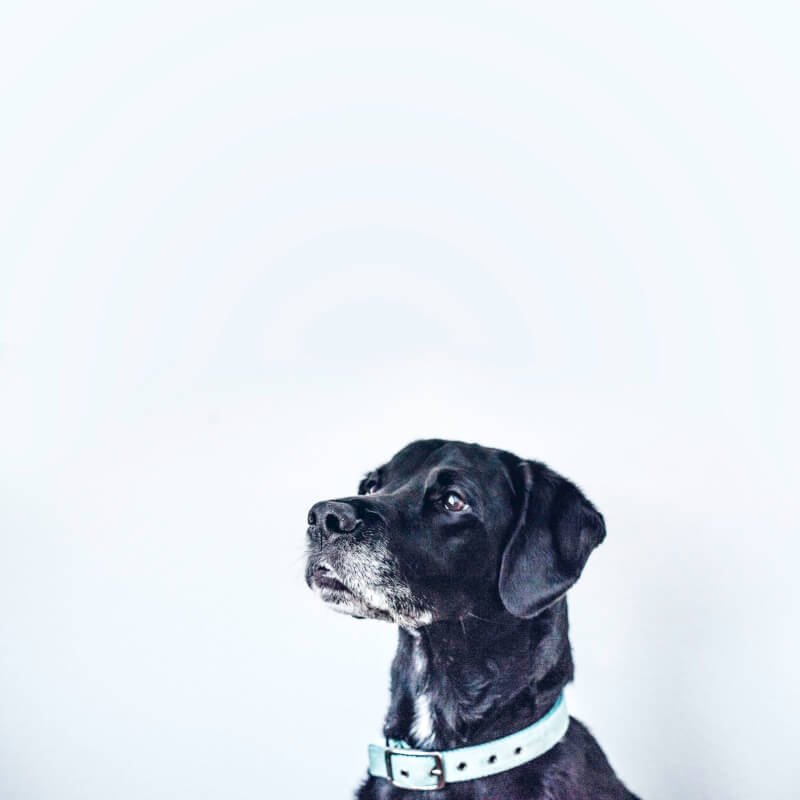
Nurturing Mental Stimulation
Mental stimulation is just as important as physical exercise for dogs. Providing opportunities for your furry friend to engage in brain games and puzzles, as well as incorporating training into their daily routine, can help keep their minds sharp and prevent boredom.
Brain Games and Puzzles
Brain games and puzzles are a fantastic way to challenge your dog’s problem-solving skills and keep their minds active. Activities such as hiding treats, using puzzle toys, or teaching them new tricks engage their cognitive abilities and provide mental stimulation. These games also strengthen the bond between you and your dog as you work together to solve challenges.
Training as Mental Exercise
Training sessions offer more than just obedience skills; they provide mental exercise for your dog. Teaching them new commands, tricks, or complex behaviors not only stimulates their brains but also helps build their confidence and improves their focus. Incorporate short training sessions into your daily routine to keep your dog mentally engaged and eager to learn.
The Benefits of Obedience Training
Obedience training is a cornerstone of a well-behaved and happy dog. Beyond the basic commands, obedience training instills discipline, improves communication, and enhances the overall quality of life for your furry friend. Through obedience training, your dog learns to respond reliably to cues, walk politely on a leash, and exhibit good manners in various situations. The mental stimulation and structure provided by obedience training contribute to their overall well-being.
Incorporating Exercise and Physical Activity
Regular exercise is vital for your dog’s physical health, mental well-being, and overall happiness. Engaging in various physical activities helps your furry friend burn off excess energy, maintain a healthy weight, and strengthen their muscles. Let’s explore some ways to incorporate exercise into your dog’s routine.
Daily Walks
Taking your dog for daily walks not only fulfills their need for physical exercise but also provides mental stimulation and opportunities for socialization. Walking together strengthens the bond between you and your dog while allowing them to explore their surroundings and experience different smells and sights. Remember to tailor the duration and intensity of the walk to your dog’s breed, age, and fitness level.
Active Play Sessions
Engaging in active play sessions with your dog is not only fun but also a great way to provide physical exercise. Activities such as fetch, tug-of-war, or agility training help your dog burn off energy and improve their coordination. Additionally, active play sessions serve as an outlet for their natural instincts, reducing the likelihood of behavioral problems stemming from boredom or frustration.
Sports and Agility Training
Participating in sports and agility training can provide a fulfilling and mentally stimulating experience for your dog. Sports such as obedience trials, flyball, or dock diving allow them to showcase their skills and engage in friendly competition. These activities also provide an outlet for your dog’s energy and can further strengthen your bond while engaging in a shared experience.
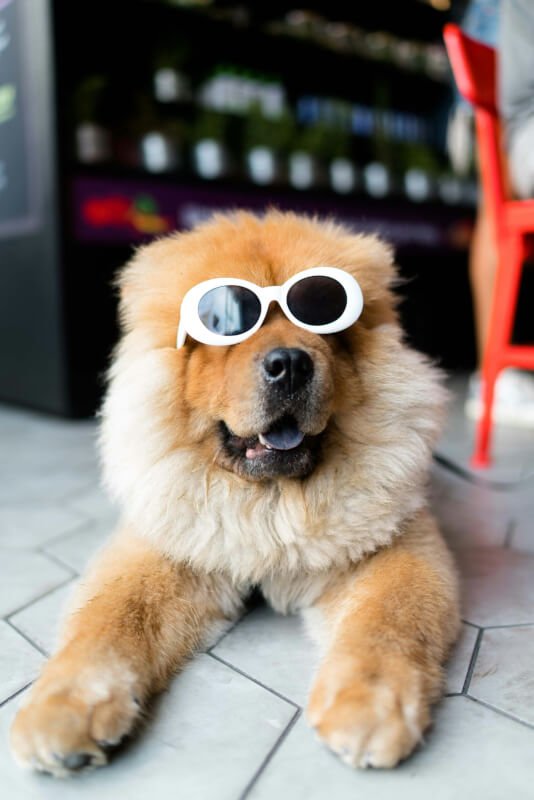
Understanding Breed-Specific Needs
Different dog breeds have unique characteristics and needs. Understanding your dog’s breed-specific traits allows you to tailor their training to suit their individual needs and preferences.
Tailoring Training to Breed Characteristics
Each breed has its own set of instincts, energy levels, and tendencies. For example, herding breeds may have a strong prey drive, while retrievers may excel in fetching and retrieving objects. Recognizing these breed-specific traits enables you to incorporate activities and training exercises that align with their natural inclinations, making training more enjoyable and effective.
Working Dogs and Job Training
Working dog breeds, such as Border Collies or German Shepherds, often thrive when given a job to do. Incorporating job-related training into their routine, such as herding exercises or scent detection, provides them with mental stimulation and a sense of purpose. Engaging their innate abilities enhances their overall happiness and prevents behavioral issues that may arise due to boredom.
Small vs. Large Breeds
Training approaches can also vary depending on the size of your dog. Small dog breeds may require shorter, more frequent training sessions, while larger breeds may benefit from longer, high-energy activities. Tailor your training and exercise routines to suit the physical and mental needs of your specific breed to ensure a well-rounded and fulfilling experience.
Training for Better Leash Etiquette
Walking your dog on a leash is a necessary part of daily life, but it can sometimes be a struggle if your furry friend pulls or displays unwanted behaviors. Proper leash training helps your dog develop good manners, ensures their safety, and makes walks a pleasant experience for both of you.
Loose Leash Walking
Teaching your dog to walk on a loose leash is essential for a comfortable and enjoyable stroll. Begin by rewarding your dog for walking by your side without pulling. Use consistent verbal cues, such as “heel” or “walk nicely,” and reward them for maintaining a loose leash. Gradually increase the duration and distance of the walk while reinforcing this desired behavior.
Heel Command
The “heel” command is useful when you need your dog to walk right beside you. It involves training your dog to walk on your left side, with their head at or near your knee. Using positive reinforcement, guide your dog into the proper position and reward them for staying in place while walking. This command is particularly helpful in situations where a tight leash is necessary, such as in crowded or high-traffic areas.
Reacting to Distractions
Dogs can be easily distracted by various stimuli while on a leash, such as other dogs, squirrels, or interesting scents. Training your dog to remain calm and focused despite distractions is crucial for their safety and your peace of mind. Gradual exposure to distractions, coupled with rewards for maintaining focus, helps your dog learn to ignore distractions and stay engaged with you during walks.
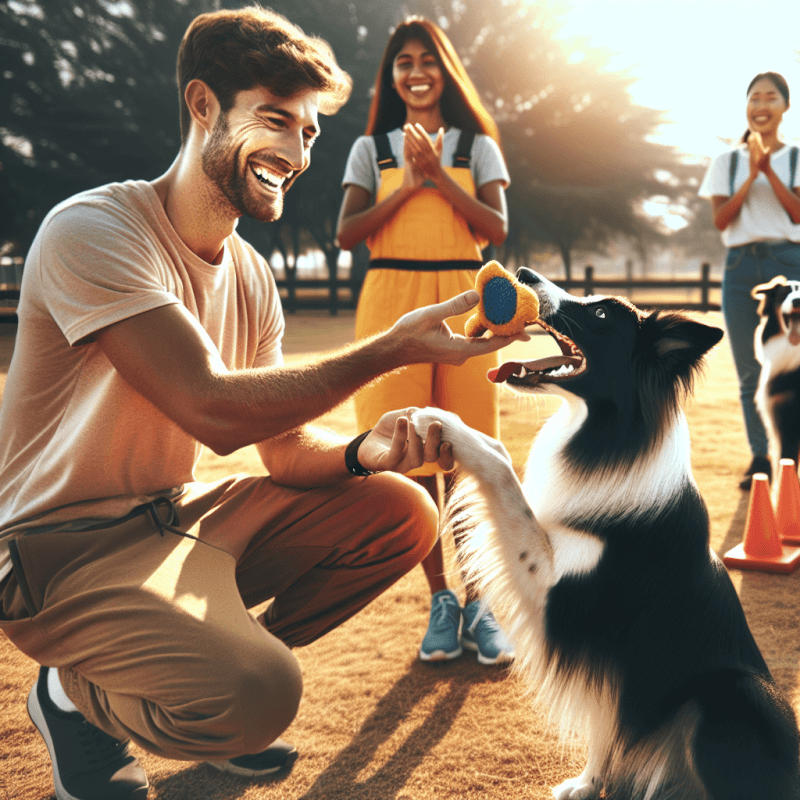
Crate Training Tips and Techniques
Crate training provides a safe and cozy space for your dog and can be a valuable tool in various situations, such as travel or when introducing your dog to a new environment. Properly introducing your dog to a crate helps them view it as a positive and secure place.
Choosing the Right Crate
Selecting an appropriate crate for your dog is important for their comfort and safety. Consider the size of your dog when choosing a crate, ensuring that it is spacious enough for them to stand, turn around, and lie down comfortably. Additionally, opt for a crate made of sturdy materials with proper ventilation.
Gradual Introduction
Introduce your dog to the crate gradually, allowing them to explore it at their own pace. Start by leaving the crate door open and placing treats or toys inside to encourage them to investigate. Gradually increase the time spent inside the crate with the door closed, rewarding calm and relaxed behavior. Consistency and patience are key during this process.
Creating a Cozy Space
Make the crate a cozy and inviting space for your dog by placing a soft bed or blanket inside. This helps create a comfortable environment that your dog can retreat to when they need some alone time or a quiet place to rest. Avoid using the crate as a form of punishment, as this can create negative associations.
Maintaining a Happy and Well-Behaved Dog
Training is an ongoing process that requires consistency, routine, and a commitment to continued learning. By incorporating training into your daily life and providing unconditional love and praise, you can maintain a happy and well-behaved dog.
Consistency and Routine
Consistency is key when it comes to training your dog. Establishing a routine and sticking to it helps your furry friend understand what is expected of them and creates a sense of stability. Consistent training sessions, regular exercise, and mealtimes at the same time each day contribute to your dog feeling secure and confident.
Continued Learning
Training is not a one-time event; it is an ongoing process. Continue to challenge your dog and provide opportunities for learning and growth. This can include teaching new tricks, refining existing skills, or participating in more advanced training classes. Continued mental and physical stimulation keeps your dog engaged, prevents boredom, and strengthens the bond between you both.
Unconditional Love and Praise
Last but certainly not least, showering your dog with unconditional love and praise is essential for a happy and well-behaved companion. Positive reinforcement involves not only rewarding desirable behaviors but also expressing genuine affection and appreciation. Your dog thrives on your love and attention, making them more receptive to training and reinforcing your bond.
In conclusion, training your dog is a valuable investment in their overall well-being. From establishing effective communication to addressing common behavior issues and providing mental and physical stimulation, training plays a vital role in their development. Remember to approach training with patience, kindness, and a friendly tone, as you and your furry friend embark on this journey of learning and growth together.
